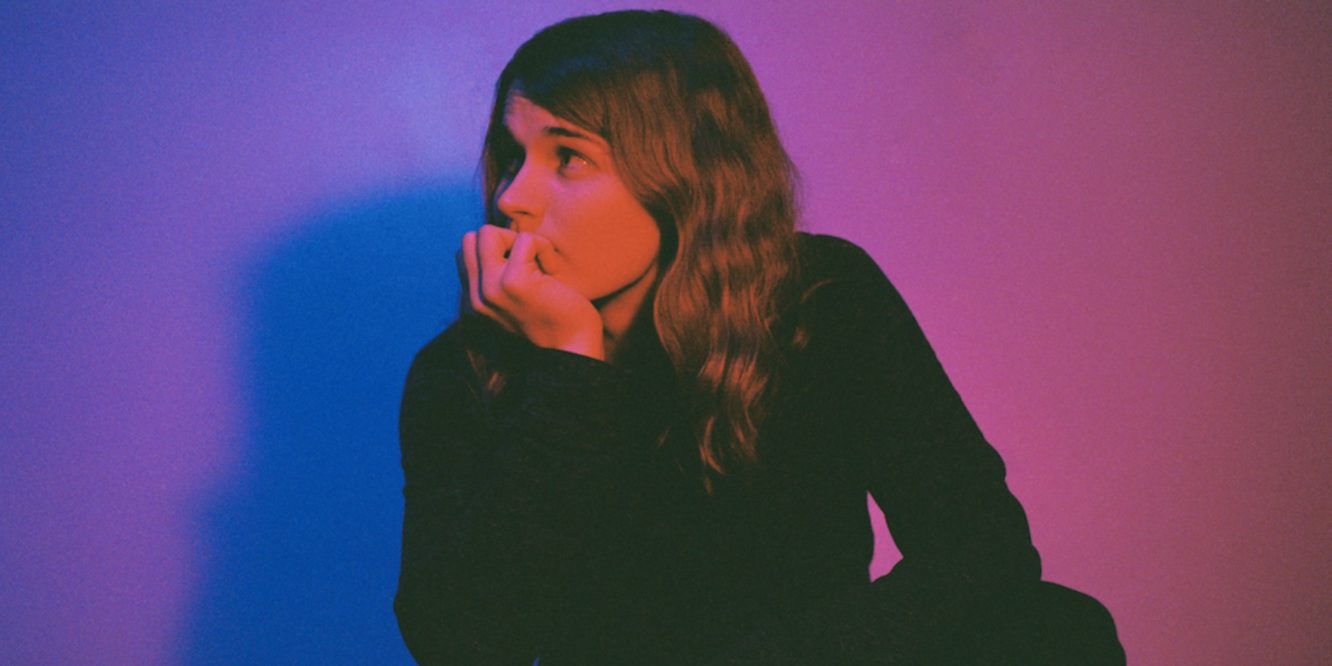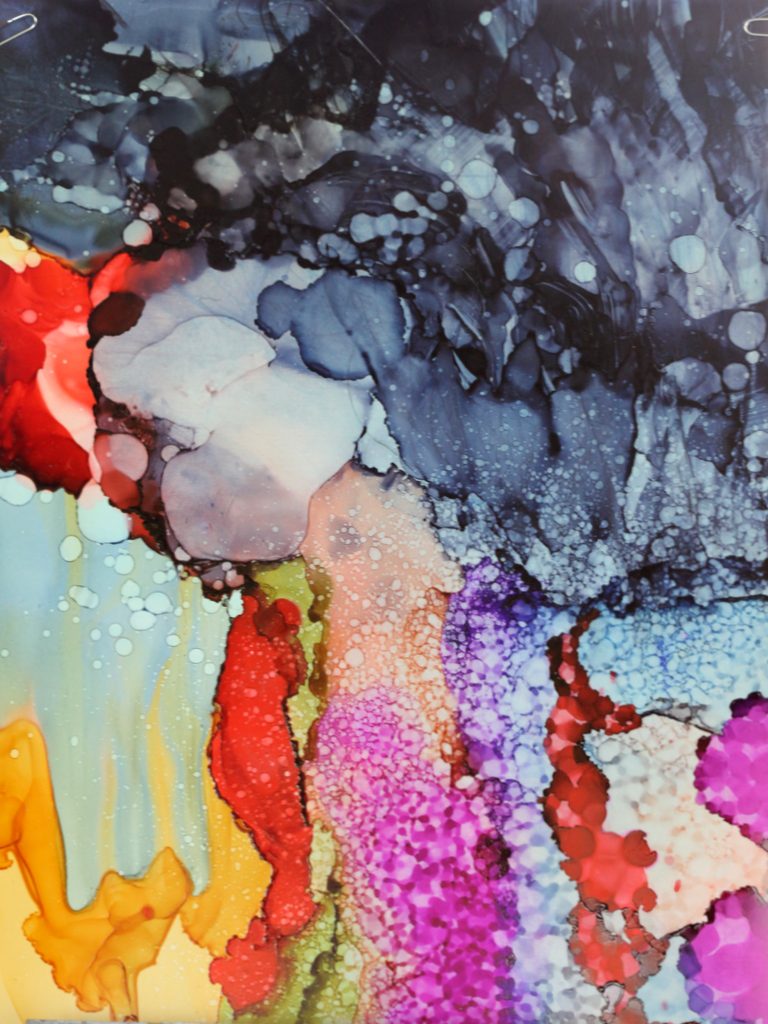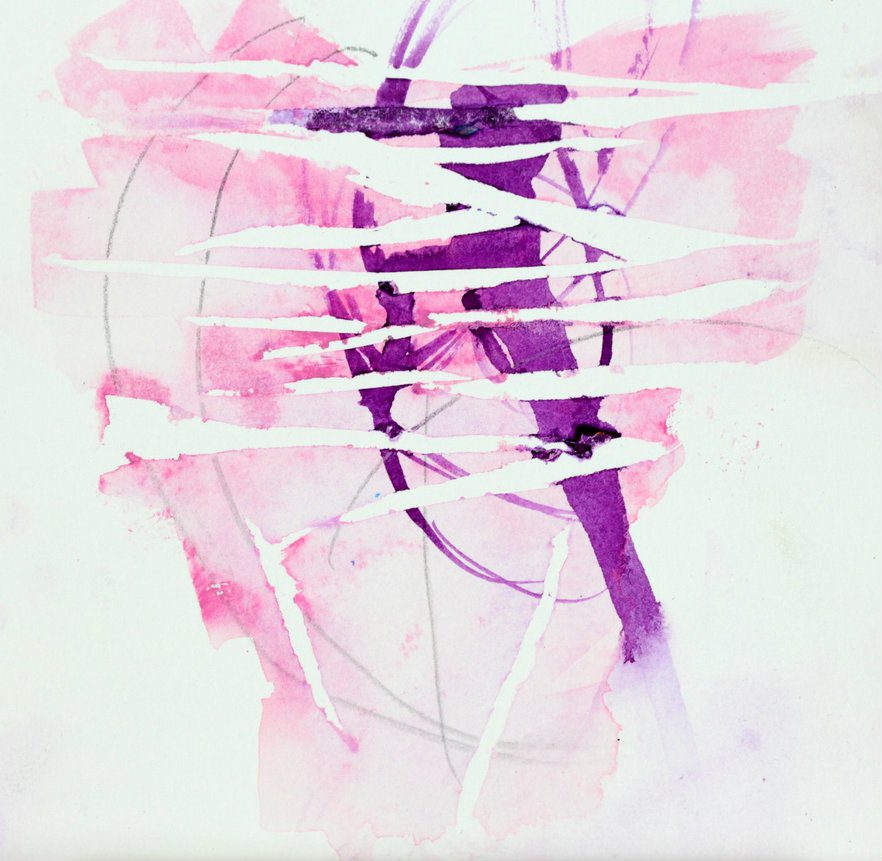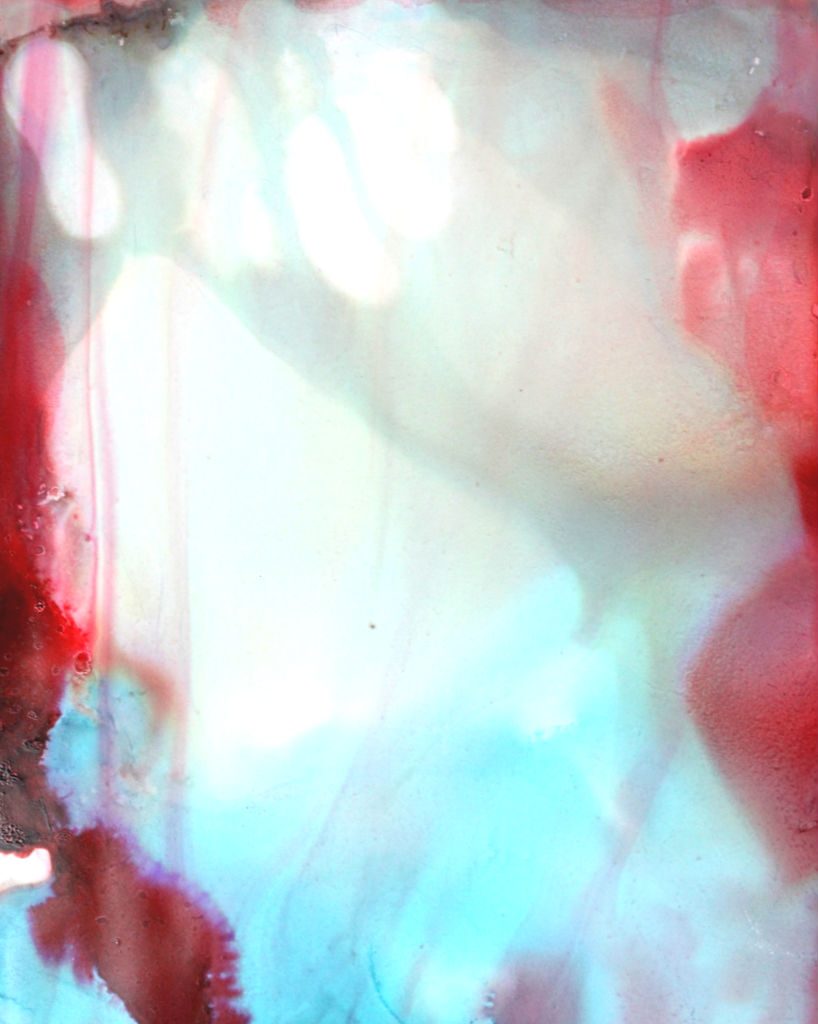

Good vibes for dark times is the motto of four-piece L.A. Exes. Their beachy-meets-pop punk sound makes light of longing – not necessarily for a long-lost lover, but with a general sense of nostalgia expressed in a sonic wonderland of rock, pop and groove. The sonic signature of their debut album Get Some (released August 20) recalls the sunny-on-the-surface but malevolent-edged songs of the girl groups making lushly melancholic love songs in the late ‘50s and early ‘60s.
“We knew that we wanted to do this throwback production, and really play around with Beatles, Beach Boys, Shangri-Las references that we loved, and do our version of it,” explains bassist and vocalist Sam Barbera, who also helms her solo electropop outfit BEGINNERS, has collaborated with Kygo, and voiced an Apple campaign, too. “Creatively it’s nice to have different outlets like that, for whatever your mood is,” explains Barbera.
Barbera met L.A. Exes guitarist/vocalist Jenny Owen Youngs via Jake Sinclair (the Grammy-nominated producer of Panic! At The Disco, Weezer, et al). Guitarist Rachel White was his assistant, and Youngs knew drummer Steph Barker from the New York scene, rounding out the low-key supergroup line-up. “[Initially], it was very casual,” Barbera says. “The idea was, let’s just start writing and see what happens. In the very beginning, me and Jenny went to Jake’s house, and we wrote every song on acoustic. We’d write a song a day in a matter of a few hours, and just hang out.”
Youngs has three solo albums and a bunch of EPs under her belt, and has lent her captivating voice to TV soundtracks for Weeds, Grey’s Anatomy, Nurse Jackie, and Bojack Horseman. When she moved to LA in 2015, she began co-writing and collaborating up a storm, not least on chart hits “High Hopes” (Panic! at the Disco) and “Band Man” (Pitbull). She also founded podcasts Buffering the Vampire Slayer and Veronica Mars Investigations, in which dissects each of the cult series episode-by-episode alongside different co-hosts.
New Hampshire native and Berklee College of Music graduate Steph Barker has toured internationally with Kate Nash, Coast Modern, and Love Fame Tragedy. Her solo project Baby Bulldog released EP Rodney in August. She moved to L.A. six years ago from New York, which is where she’d initially met Youngs. She’d had been skeptical when Youngs explained that her friend Jake was looking for a female drummer, but when she met the band, she was all in.
“An all-gay band that’s doing everything that you’ve dreamed of and want to play, with all of your friends that are going to become your best friends? It was like, cool, yeah!” she recalls with a laugh.
The metallic buzz of surf guitar opens the album with “Skinny Dipping,” a foamy, salty wash of dissonant harmonies somehow swinging hula-hoop style into a joyful oneness by song’s end. Queer love song “Totally Worth It” introduces girl-group backup singers, with Youngs’ sweet falsetto wondering, perhaps a little tongue-in-cheek, “Maybe I’m a bad person?” The plaintive admission on the title track (“I just wanna hang out with my ex… get some”) dissolves into accusation (“You don’t love me like cocaine”) over a purr of “waahh-ooohh” harmonies on “Cocaine Girl.” A twist in tempo results in the mariachi-meets-marching band beats on “I Got Half A Mind.” It’s all dreamy, slightly kitsch-camp, guitar-and-choral hooky surfer pop, prompting the suspicion that Barbera and Youngs might actually be crying behind their chunky, ultra-dark sunglasses. Both women were experiencing heartbreak during the writing of the album, but it feels cathartic to listen to these songs, rather than somber.
Says Barbera: “At the time Jenny was going through a divorce. Our first writing session ever together, my girlfriend had dumped me the night before so I walked in literally in tears… that’s when we wrote ‘West Keys,’ so that song is about her… Steph fully wrote ‘Not Again’ and Rachel brought in ‘Cocaine Girl,’ then Jenny and I brought in the rest.”
Try not to shed a tear during the band’s dusky, pared-down cover of Cranberries hit “Linger,” a paean to the dearly departed Dolores O’Riordan that closes out Get Some. Including the song was a unanimous decision, according to Barbera. “When it came up as an option, all of us were like, ‘Oh yeah, this is perfect.’ It’s a song that moves all of us, and a lot of people. I don’t think I’ve ever met anybody who doesn’t like that song,” she says.
But L.A. Exes’ biggest influence is even more classic; Barbera says their inspiration was ultimate pop foursome The Beatles, approached through a queer lens. “Our closest reference to style of chord changes and harmonies was The Beatles, really. What would The Beatles be if it was four women?” explains Barbera. With their magnetic tunes, earworm melodies, and girls-to-the-front attitude all wrapped into a couple of minutes, L.A. Exes don’t stray far from that lofty mark. “We all come from different backgrounds. We’re into indie and punk. Those kind of leanings, once we were actually writing, filtered in there as well.”
Follow L.A. Exes on Instagram for ongoing updates.







